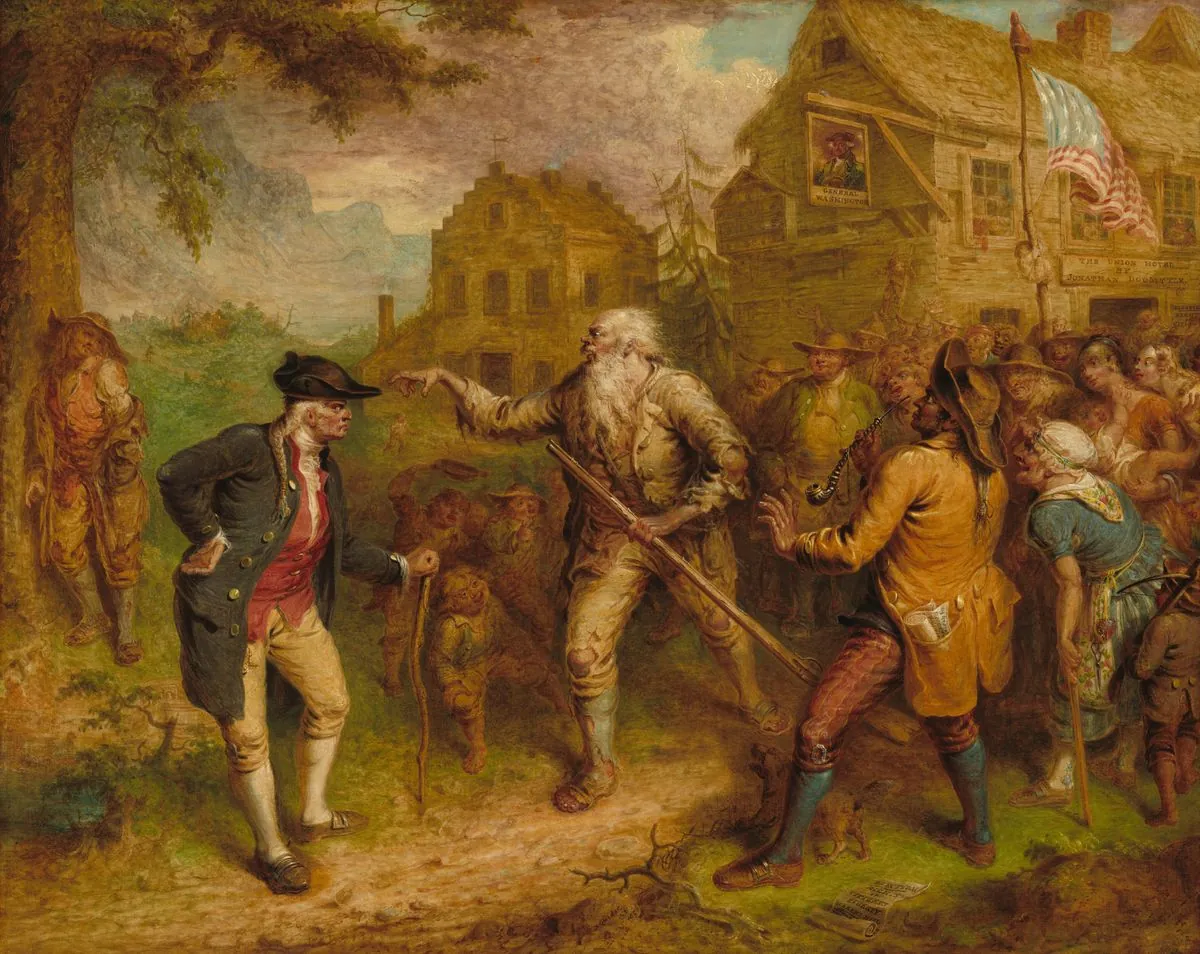In a unique blend of art, literature, and technology, we embark on a journey to reimagine Washington Irving's classic tale of Rip Van Winkle through the lens of modern artificial intelligence. This exploration not only highlights the potential of AI but also exposes its limitations in understanding nuanced storytelling.
The tale begins with John Quidor's 1849 painting "The Return of Rip Van Winkle," housed in the National Gallery of Art. This artwork, depicting Van Winkle's return after a 20-year slumber, serves as a springboard for our AI-assisted investigation.
"The great error in Rip's composition was an insuperable aversion to all kinds of profitable labor."
Our AI-driven journey takes us from 18th-century taverns to modern-day hotel loyalty programs. We discover that a night's stay in 1775 would cost about six pence, equivalent to $9 today. Extrapolating this to Van Winkle's two-decade nap, we arrive at a staggering $25,000 bill in today's currency.
Delving into historical accuracy, we consulted Cathleene B. Hellier, senior historian at the Colonial Williamsburg Foundation. She confirmed the AI's pricing estimate and provided a vivid description of 18th-century lodging conditions, where strangers often shared beds without ceremony.
Applying modern hospitality concepts, we calculated that Van Winkle might have earned 425,000 Marriott Bonvoy points during his extended stay. This led to the amusing scenario of Van Winkle potentially using these points for a luxurious stay at the St. Regis Maldives Vommuli Resort.
However, our experiment also revealed AI's shortcomings. When asked to reimagine Quidor's painting with Van Winkle waking up in a modern Virginian hotel, the AI's response lacked the creativity and nuance one might expect, focusing solely on superficial details like decor and scenery.
This journey through time, art, and technology demonstrates both the potential and limitations of AI in storytelling and historical interpretation. While AI can provide quick facts and calculations, it struggles with the depth and imagination that make stories like "Rip Van Winkle" endure through centuries.
